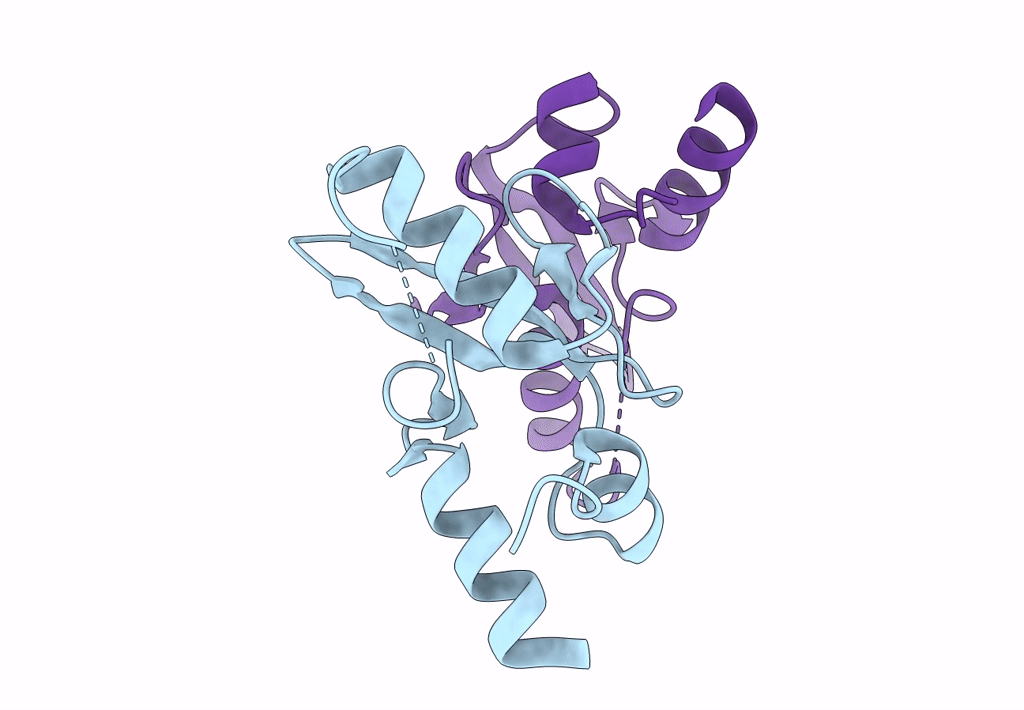
Deposition Date
2022-07-04
Release Date
2023-02-15
Last Version Date
2024-05-29
Method Details:
Experimental Method:
Resolution:
2.06 Å
R-Value Free:
0.24
R-Value Work:
0.22
Space Group:
P 21 2 21


